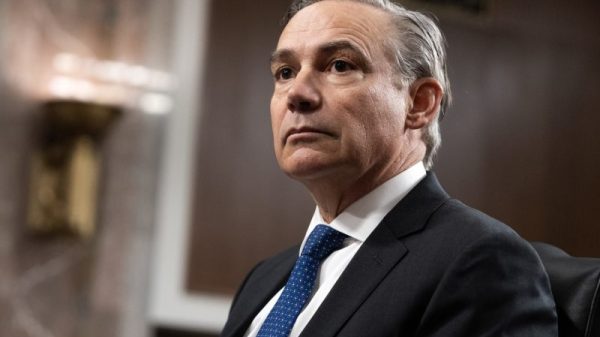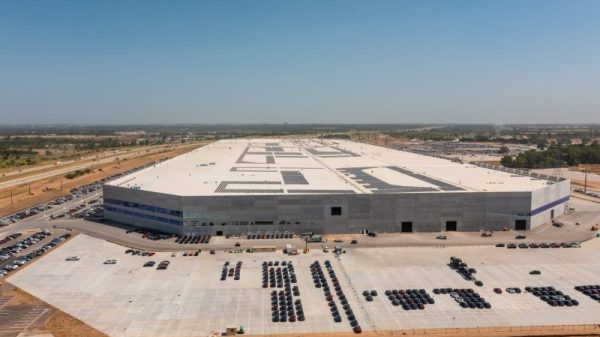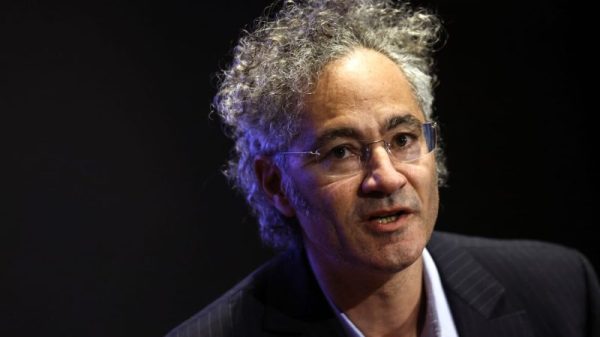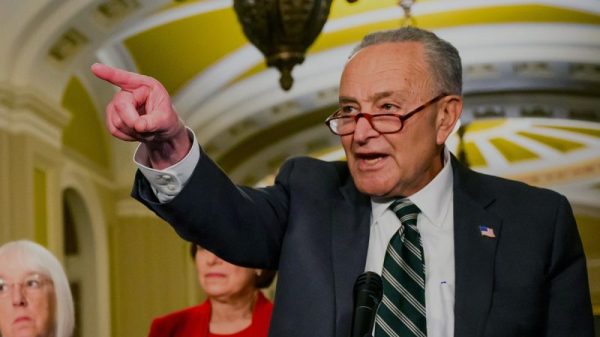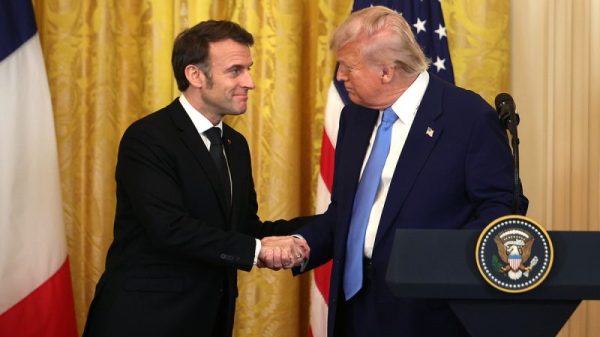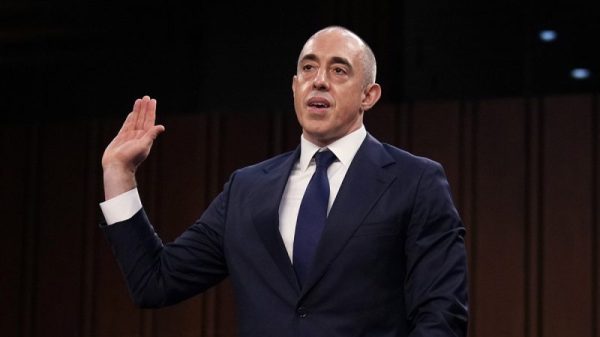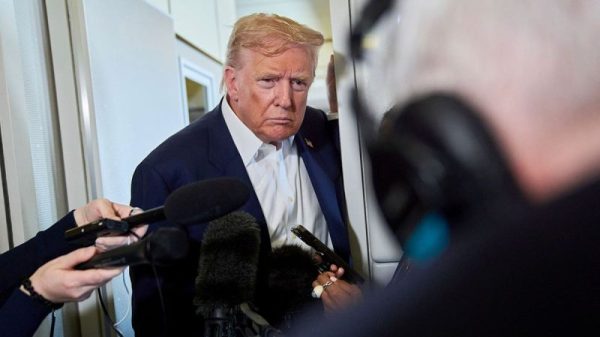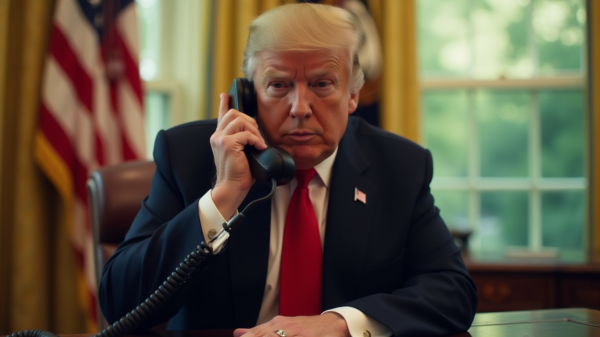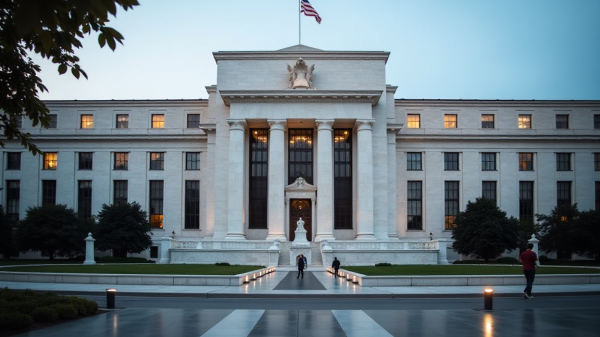The Federal Reserve is widely expected to keep interest rates unchanged on Wednesday for the fifth consecutive meeting, maintaining its benchmark rate in the range of 4.25% to 4.5%.
The decision, which comes amid growing political pressure from President Trump and rising economic uncertainty from looming tariffs, reflects the central bank’s continued “wait-and-see” approach.
Chair Jerome Powell is set to release a policy statement at 2 pm in Washington, followed by a press conference in which he is expected to reiterate the Fed’s focus on data-driven decision-making.
Despite consistent calls from President Trump to slash rates sharply, the Fed has opted for caution, holding borrowing costs steady while assessing the impact of economic headwinds.
“He’ll again emphasise patience,” Morgan Stanley Chief US Economist Michael Gapen wrote in a note to clients, pointing to “considerable uncertainty” that tariffs bring to the economic outlook.
The next major inflexion point for monetary policy is likely to come in September, when officials will have more clarity from fresh jobs and inflation data.
Pressure builds as Trump intensifies criticism
The timing of this week’s meeting is politically charged.
President Trump has escalated his attacks on Powell, accusing the central bank of “strangling growth” by keeping interest rates elevated.
Trump has called for immediate and significant rate cuts, citing the threat of global recession and the need to counter the drag from tariffs he plans to impose on Friday.
So far, Fed officials have resisted political pressure, emphasising their independence.
But the president’s influence looms, especially as he has appointed multiple members to the Fed’s board and recently elevated Michelle W. Bowman to the vice chair for supervision.
“The Fed could have cut interest rates by now if not for the inflation uncertainty caused by tariffs,” Powell said earlier this month.
His comments reflect concern that price increases stemming from trade barriers may complicate the Fed’s ability to manage inflation and growth.
Tariffs cloud inflation outlook
Policymakers have been wary of Trump’s aggressive trade agenda, which threatens to disrupt price stability.
Tariffs imposed on goods from Japan and the European Union—set at 15%—and anticipated levies of up to 20% on other trading partners could raise consumer prices further and dampen economic activity.
While some companies have temporarily shielded customers from the brunt of tariff hikes by drawing from stockpiles built in advance, those inventories are now nearly exhausted.
Businesses may soon face a difficult choice: raise prices or accept lower profit margins.
According to the latest Consumer Price Index report, inflation began rising more noticeably in June, though still remains below earlier projections.
Powell has acknowledged that the inflation impact from tariffs could come “sooner or later than expected,” adding to the overall uncertainty.
Debate grows within the Fed: historic split vote expected?
Although the Fed’s policy-setting committee has so far acted in unison, internal disagreements are becoming more apparent.
Two Trump-appointed governors, Christopher J. Waller and Michelle W. Bowman, have openly called for rate cuts, potentially as early as this week.
Waller, seen as a potential successor to Powell, has warned that the central bank should act preemptively to support the labor market.
“We should not wait until the labour market deteriorates,” he said in a speech last week.
If Waller and Bowman dissent, it would mark the first such split vote among board members since December 1993.
Others within the Fed remain focused on inflation, with some cautioning that lowering rates prematurely could undermine efforts to contain price pressures.
Tuesday’s job openings data showed that while companies are slowing hiring, they are not yet reducing headcount—a sign of resilience in the labour market.
Markets brace for signals on September
While markets see virtually no chance of a rate cut at this meeting—CME Group’s FedWatch tool pegs the odds at just 2%—expectations are rising for September.
Futures suggest a 66% probability of a cut at the next meeting on Sept. 17, by which time the Fed will have two additional months of jobs and inflation data.
Economists are split. Some argue that September is too soon to act, particularly if inflation remains sticky or the economy shows continued strength.
Others say Powell could use this week’s meeting to provide more concrete guidance about what conditions would warrant easing.
Even if Powell doesn’t offer a clear timeline, analysts expect him to begin framing the debate more explicitly.
He has said repeatedly that policy decisions are made “meeting by meeting,” and that he won’t commit to a specific schedule.
“The reality remains that the performance of the real economy also has a vote,” Ian Lyngen, head of US rates strategy at BMO Capital Markets, wrote in a note to clients.
Eyes on July’s job report
Friday’s release of July employment data will provide a clearer snapshot of the labour market’s health and could help tip the scales in the Fed’s internal debate.
Any signs of a slowdown could boost the case for an earlier rate cut.
For now, Powell is likely to stay the course, emphasising that while the Fed is open to adjusting policy if needed, it needs to see a clearer signal from incoming data.
The post FOMC meeting today: Fed expected to hold rates amid tariff uncertainty, but internal dissent likely appeared first on Invezz







